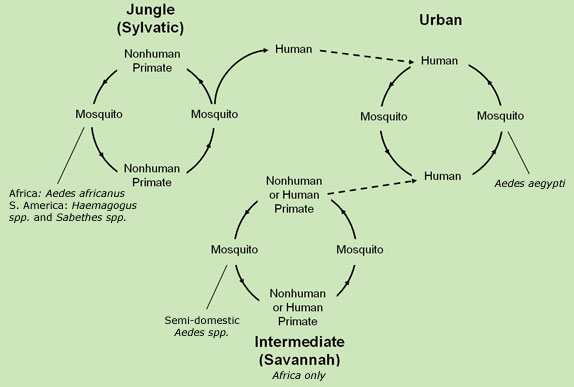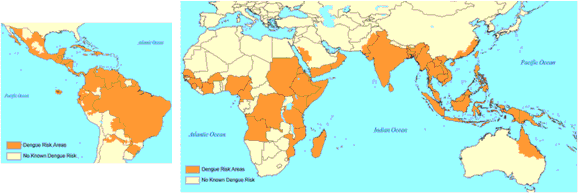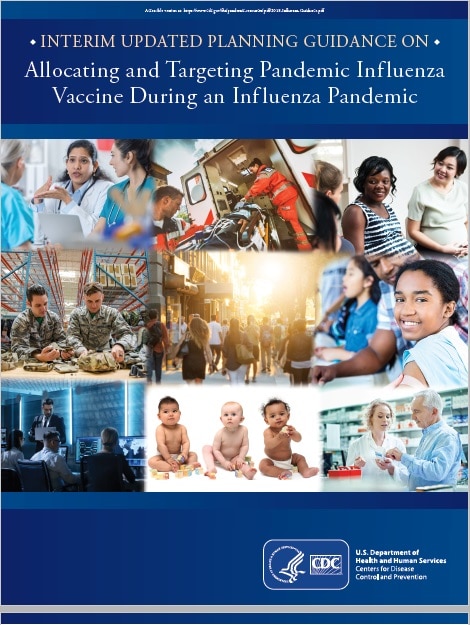Archive for November, 2018
On this day in 1940, the Tacoma Narrows Bridge spectacularly collapses
Wednesday, November 7th, 2018https://www.youtube.com/watch?v=nFzu6CNtqec
WHO is releasing more than a million doses of yellow fever vaccine from its emergency stockpile after the deadly mosquito-borne disease killed 10 people in southwestern Ethiopia
Wednesday, November 7th, 2018Thailand: Dengue cases top 70,000 in 1st 10 months of 2018
Wednesday, November 7th, 2018Air Pollution: The top 20 worst cities
Wednesday, November 7th, 2018Uganda is to administer an experimental Ebola vaccine for health workers in high-risk areas bordering the Democratic Republic of the Congo
Wednesday, November 7th, 2018“……Uganda is the first country in the world to give the vaccine without an active outbreak of the disease, but is judged to be at very high risk……The vaccine, developed by Merck, is not licensed but proved effective during limited trials in west Africa……”

Interim Updated Planning Guidance on Allocating and Targeting Pandemic Influenza Vaccine during an Influenza Pandemic
Tuesday, November 6th, 2018“Effective allocation and administration of pandemic influenza vaccine will play a critical role in preventing influenza and reducing its effects on health and society during a future pandemic. Although the timing and severity of a future pandemic and characteristics of the next pandemic influenza virus strain are not known, it is important to plan and prepare. The overarching aim of the national pandemic influenza vaccination program is to vaccinate all persons in the United States (U.S.) who choose to be vaccinated, prior to the peak of disease. The U.S. government’s goal is to have sufficient pandemic influenza vaccine available for an effective domestic response within four months of a pandemic declaration. Additionally, plans are to have first doses available within 12 weeks of the President or the Secretary of Health and Human Services declaring a pandemic 1. To meet these timelines, the U.S. government is investing significant resources to create and evaluate new vaccine development approaches and production technologies. Pre-pandemic influenza vaccine stockpiles of bulk vaccine against viruses with pandemic potential are also being established and maintained.
Despite these investments, there are other issues to consider. Stockpiled pandemic vaccine availability will depend on the degree to which they match the circulating pandemic strain and other properties, and manufacturing capacity. In a pandemic, a novel virus has not circulated in humans, and it is assumed that the majority of the population may not have immunity to the virus, causing more people to become ill. Rates of severe illness, complications, and death may be much higher than seasonal flu and more widely distributed. The greater frequency and severity of disease will increase the burden on the health care system, the risk of ongoing transmission in the community, and may increase rates of absenteeism and disruptions in the availability of critical products and services in health care and other sectors. Similarly, homeland and national security and critical infrastructure (e.g., transportation and power supply) could be threatened if illness among critical personnel reduces their capabilities.
Given that influenza vaccine supply will increase incrementally as vaccine is produced during a pandemic, targeting decisions may have to be made. Such decisions should be based on vaccine supply, pandemic severity and impact, potential for disruption of community critical infrastructure, operational considerations, and publicly articulated pandemic vaccination program objectives and principles. The overarching objectives guiding vaccine allocation and use during a pandemic are to reduce the impact of the pandemic on health and minimize disruption to society and the economy. Specifically, the targeting strategy aims to protect those who will: maintain homeland and national security, are essential to the pandemic response and provide care for persons who are ill, maintain essential community services, be at greater risk of infection due to their job, and those who are most medically vulnerable to severe illness such as young children and pregnant women.
Recognizing that demand may exceed supply at the onset of a pandemic, federal, state, tribal, and local governments, communities, and the private sector have asked for updated planning guidance on who should receive vaccination early in a pandemic. This document uses pandemic severity categories based on the current CDC Pandemic Severity Assessment Framework1. Several new elements have been incorporated into the 2018 guidelines to update and provide interim guidance for planning purposes, and to provide the rationale for a new vaccination program during a pandemic allowing for local adjustment where appropriate. These guidelines replace the 2008 Guidance on Allocating and Targeting Pandemic Influenza Vaccine.”
From August 2014 through October 2018, CDC has received information on a total of 404 confirmed cases of AFM across the US; most of the cases have occurred in children.
Tuesday, November 6th, 2018Over the weekend and today, 13 more cases and 5 more deaths from Ebola were reported in the Democratic Republic of the Congo.
Tuesday, November 6th, 2018- Au total, 300 cas de fièvre hémorragique ont été signalés dans la région, dont 265 confirmés et 35 probables.
- Sur les 265 confirmés, 151 sont décédés et 88 sont guéris. Les autres sont hospitalisés dans les différents Centre de Traitement d’Ebola (CTE) installés.
- 41 cas suspects en cours d’investigation.
- 2 nouveaux cas confirmés, dont 1 à Beni et 1 à Kalunguta.
- Aucun nouveau décès de cas confirmé rapporté ce jour.
- 7 nouveaux guéris à Beni…..”

Yellow fever earned New Orleans the nickname “Necropolis” — city of the dead.
Monday, November 5th, 2018NPR
“…..Yellow fever didn’t just kill. It created an entire social structure based on who had survived the virus, who was likely to survive it and who was not long for this world. And that structure had everything to do with immigration and slavery….”

Supporting Children & Families Disasters: On-Line Resources
Monday, November 5th, 2018Resources:
- Helping children after a disaster
- AAP Children and Disasters
- American Psychological Association Help Center
- CDC Coping with a Disaster or Traumatic Event
- Reactions and Guidelines for Children Following Crisis and Trauma
- Helping children cope after a disaster
- Federal Emergency Management Agency
- Coalition to Support Grieving Students
- Comprehensive web-based trauma tool
- National Association of Child Psychologists
- National Child Truamatic Stress Network
- Psychological First Aid
- Substance Abuse and Mental Health Services Administration Disaster Distress Hotline
- National Center for School Crisis and Bereavement
- Tips for talking with and helping children cope after a disaster





